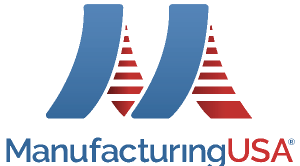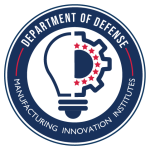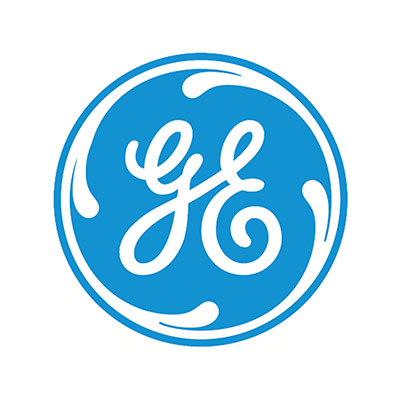


GE Additive’s ATLAS laser powder bed fusion platform enables rapid design-build-test cycles to produce larger jointless designs required for applications.
Problem
Metal laser powder bed fusion (LPBF) is beneficial to key aerospace and defense industries by enabling geometric designs otherwise impossible to achieve with traditional manufacturing methodologies. While capable of building complex thin walls and internal passages, LPBF is limited by relatively small build volumes, so aerospace and defense suppliers require part joining to fabricate a final component. These joining operations involve additional manufacturing steps—including tooling, post-processing, and inspections as well as the associated development and validation of those processes—resulting in increased cost, weight, part defects, and lead times.
Objective
The goal of the project was to attain a 90%-part count reduction for a powerhead propulsion system critical to both scramjets and space launch vehicles. This addressed the needs of the Department of Defense (DoD) and the National Aeronautics and Space Administration (NASA) to enhance supply chains through part consolidation, efficiency, and heightened performance. The powerhead for the project was composed of over 1,000 parts to run a hot gas manifold, main injector, heat exchanger, and pre-burners. This project demonstrated how GE’s proprietary ATLAS LPBF large build platform technology (1,000 x 900 x 300mm) reduced the part count to 11.
Technical Approach
GE, Aerojet Rocketdyne, and NASA Marshall Space Flight Center collaborated to develop qualification data requisite of manufacturing a powerhead for liquid fueled scramjet and rocket systems, using GE Additive’s proprietary LPBF ATLAS technology. This team was positioned with engine programs and a wide array of product applications for weld joint removal including RS-25 engines. This gave the team the opportunity to work closely with GE on the innovative large format machine (ATLAS) and the premier materials team at NASA.
GE executed experiments to evaluate metallurgical and flow properties compared to the parts produced on other commercial LPBF machines, establishing new design approaches, new part orientations, and parameter settings.
Aerojet Rocketdyne defined material property and feature size resolution requirements while NASA performed the corresponding testing and evaluation. GE built test specimens while NASA evaluated the ATLAS-produced parts.
The tasking approach for successful output was a four-phase approach with Phase I encompassing the build envelop evaluation with high laser power, Phase II developing the stitching through three design of experiments and a final optimized stitching verification, Phase III addressing downward surface development and heat transfer coefficient (HTC), and Phase IV providing a full-scale component build.
Accomplishments
Prior to beginning large-scale printing, testing, and analysis, it was extremely important for the team to develop a repeatable build setup, test specimen geometry, and method for evaluation. The specimens were designed to knock off the build plate to eliminate the need for a machining operation for build plate removal and thus reduced the turn time between build and collection of results. The first build served to establish a baseline by assessing variation in build plate location and orientation to gas flow, all with the same baseline high productivity parameter. The findings of this study showed a roughly 5-15% improvement in surface finish over the baseline parameter. General trends showed that a reduction in the overall energy density of the downside contour improved surface roughness. A heat exchanger was selected as a demonstration piece and was printed successfully on an ATLAS machine utilizing the high productivity parameter validated early in the project and the downward surface parameter developed. The high productivity parameter reduced the heat exchanger part build time from 54 to 31 days (43% improvement).
Project Participants
Project Principal

Other Project Participants
- NASA Marshal Space Flight Center (MSFC)
- Aerojet Rocketdyne
- Auburn University
Public Participants
- U.S. Department of Defense
